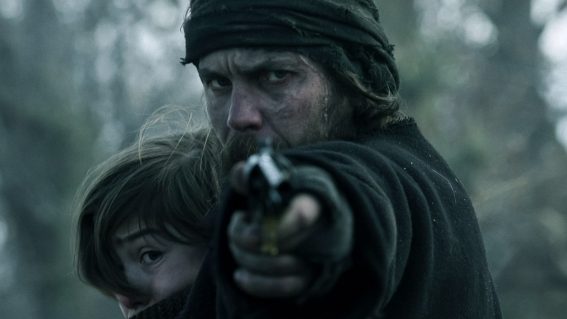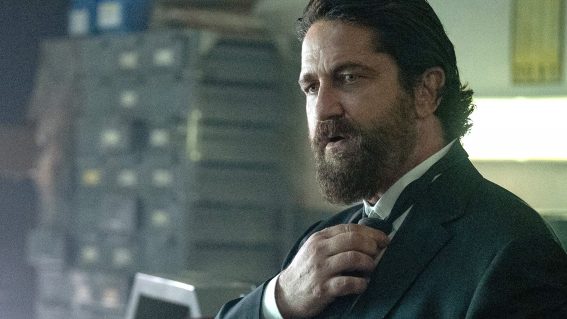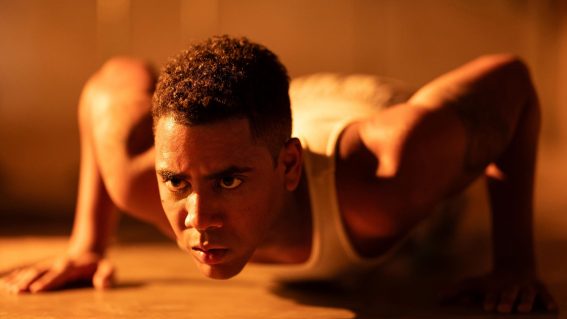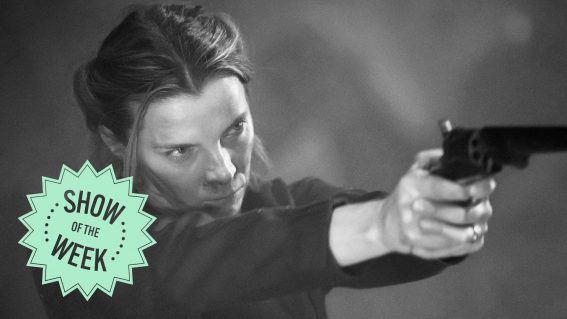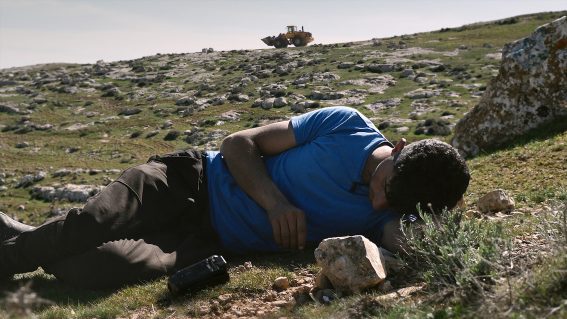True crime docuseries Cowboy Cartel: so perfectly plotted it almost seems fictional
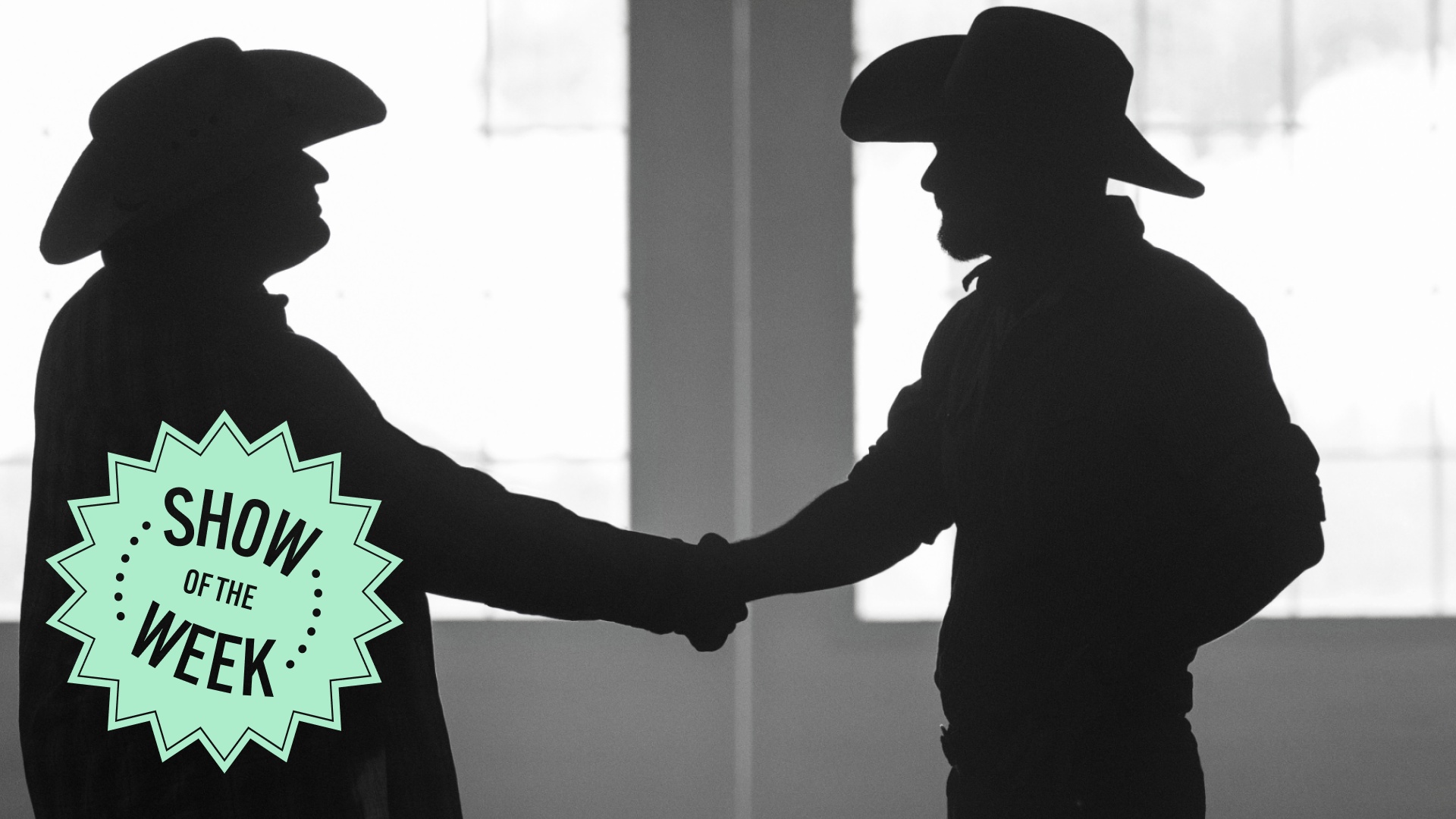
Clarisse Loughrey’s Show of the Week column, published every Friday, spotlights a new show to watch or skip. This week: Cowboy Cartel may veer towards inadvertent parody, but two women journos do much to recentre what matters about this story.
“When you think of drug cartels, you think of the drugs. You think of the violence. You think of the money. But you do not think of horses,” goes the opening salvo of Apple TV+’s new docuseries, Cowboy Cartel. Catchy, isn’t it? This four-part production, directed by Dan Johnstone and Castor Fernandez, is well aware of the deeply potent, high-masculine imagery it has on its hands: the tautened muscles of equine limbs, racing into the desert sunset; guns flourished out of holsters; dust thrown into the air as blacked-out FBI cars chase down their suspects.
It’s a story so perfectly plotted it seems almost to be borne out of fiction: Scott Lawson, the FBI’s latest recruit, ends up stationed on the border town of Laredo, Texas, disparagingly called “the armpit of the United States”. It’s a major crossing point into Mexico, divided only by the Rio Grande from its sister town, Nuevo Laredo. It’s also a centre of activity for Los Zetas, a band of military men trained to combat the cartels who, dissatisfied by their compensation, switched allegiances to work for the Gulf Cartel, before splintering off and founding their own organisation.
Also popular in the area is quarter horse racing—“the horse of the American West”, synonymous with cowboy culture, is a breed particularly adept at sprinting short distances. And there’s a new figure on the scene: José Treviño, a former bricklayer, now at the centre of several major deals and wins. Scott goes undercover at an auction. There’s a moment where his partner turns up dressed like “Pitbull had a baby with a country singer”. They all laugh until it turns out that’s exactly how everyone dresses at these events.

And there’s José, talking on the phone to the people Lawson’s really interested in: his two brothers Miguel and Omar Treviño, at the head of the pack of Los Zetas. Miguel was once said to have eaten his lunch on a pile of dead bodies. He’s as ruthless as they come. Lawson is about to uncover what would be the biggest money laundering scheme in Texas history, with an opportunity to bring one of Mexico’s most dangerous cartels to its knees.
A writer could win an Emmy off that plot. But that’s the danger of Cowboy Cartel. When US Attorney Doug Gardner gets involved, he proclaims, “I’ve never liked bullies”, as if he were a comic book superhero. When the IRS task force’s Steve Pennington turns up, he’s the perfect comic relief, with his rock ’n’ roll tresses and pen pocket. There’s a dramatic reenactment of him getting ready for the job. It’s a total parody. Wind blows through his hair as if he were Cindy Crawford.
But then we cut to The New York Times’ Ginger Thompson, who’s covered the cartels for years. Her words send a chill through the heart of Johnstone and Fernandez’s series. “There’s something kind of glamourised about them,” she warns, with a nod to Miami Vice. What’s lost is the unimaginable cruelty and brutality inflicted on the people of Mexico, of the teachers, administrators, and all kinds of ordinary people killed for this blood money, at the hands of a criminal organisation who’d become increasingly indiscriminate in the pursuit of control and profit.
“How do I get people in the United States to care?” she asks. Cowboy Cartel, in its own manner, tries to solve that question. For all that it indulges in its true-crime trappings, in Lawson’s step-by-step hunt to find the one weakness in the Treviño defences, Thompson sounds out clear as the voice of reason and compassion. So, too, does fellow journalist Melissa del Bosque, who offers the series’s most moving segment: she tears up after the confession that she drew back on her coverage, “because I saw there wasn’t going to be a solution”. Cowboy Cartel doesn’t feel like a complete portrait, in that sense (it’s fairly fixed on the American, FBI perspective of events)—yet the contributions of these two women do so much to recentre what matters about this story.



